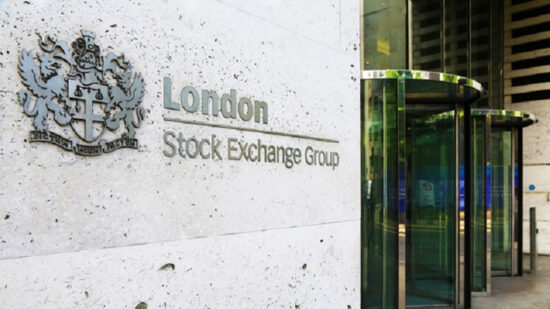However, if one were to invest in the shorter-term note, not only would they have increased liquidity for the same return but if they decided to re-invest the full proceeds of 124% after the three year period for a second term they would receive the 8% on the larger amount resulting in a compounding effect – if the note called early this would accelerate that affect and over time can have a significant impact on an investors overall returns.
In addition to the above one should also understand how note pricing works when considering the term of a note, as although they are daily priced and promoted as liquid investments, banks will use sophisticated option pricing models to value these products – where one of the prime factors on pricing/valuation is term to maturity.
Those seeking to invest in this asset class should be aware that notes are typically comprised of out of the money call options on the stocks that underpin the structures and values trend to par as you get closer to maturity – so put simply the longer the term to maturity the more likely the secondary price of the note is going to be off par as compared to a shorter-term note that will see convergence over its lower time horizon.
In addition to that if you have frequent observation dates built in and stocks are up, the market value of the note will be better supported and therefore more favourable than not having this feature. Those that have invested in notes in the past will have noticed this phenomenon on investment valuations – which can be difficult to explain to investors who aren’t up to speed with the technicalities of note pricing.
It is therefore recommended that for those already investing in notes, and those looking to dip a toe into this market, that they would likely be better served by shorter-term note issuances with frequent observation dates and should avoid being tied in for a number of years, especially as markets have turned from the highs we experienced earlier in the year.
Ultimately one should remember that it’s easier to see what’s directly ahead of us than what’s lurking around the corner – a simple rationality that should be applied by those investing in financial markets in the current clime.








